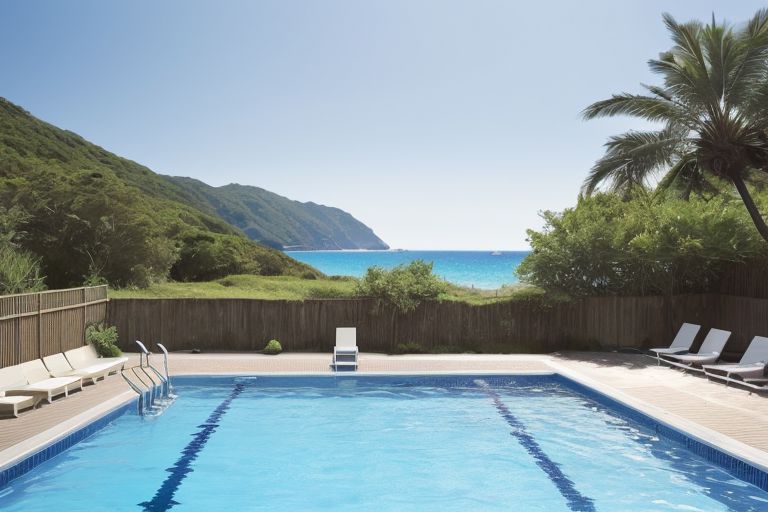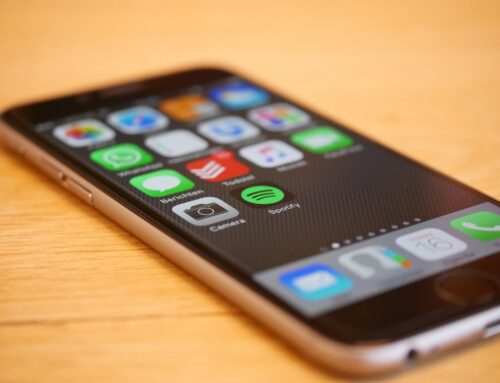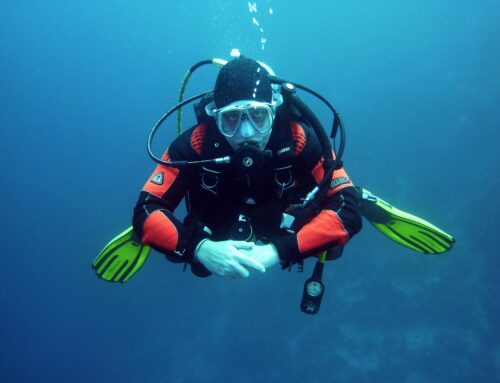
Your Guide to Installing a Swimming Pool in the Philippines
Picture this. A warm evening breeze, the scent of plumeria in the air, and you relaxing in your very own backyard pool. That kind of peace is possible here in the Philippines. But it takes planning, the right team, and knowing what steps to take first.
This guide walks you through the full process of installing a swimming pool in the Philippines. From setting your budget and handling permits to picking the best design and builder, you’ll get practical tips for a smooth and stress-free experience.
Why Planning Ahead Makes All the Difference
A swimming pool is more than a place to cool off. It can become your favorite spot at home, especially in the hot Philippine climate. But before you start digging, it’s important to slow down and plan every detail.
Think about your space, your goals, and your budget. Pools take time and money, and it’s easy to miss small details that lead to big delays. You’ll also need to deal with paperwork and building codes, depending on where you live. That’s why a clear plan is your best friend.
When you know what you want and what to expect, the whole process becomes much easier. It’s not just about picking tiles or choosing lights. It’s about setting up something that will last and work well for your home and lifestyle.
How to Budget for a Swimming Pool in the Philippines
Pool prices in the Philippines can change depending on where you live and what kind of pool you want. The most common costs come from the size, features, and materials used.
Concrete pools give you the most design freedom but take longer to build and need more care. Fiberglass and vinyl liner pools are cheaper and faster to install, but each has its pros and cons. Add in things like filters, pumps, decking, and fencing, and your price can go up fast.
Don’t forget the ongoing costs. Pool maintenance means chemicals, electricity, and cleaning tools. If you want water features or lighting, your bill can grow. Start with a budget, then talk to local pool builders to see what’s possible. That way, you can enjoy your pool without money stress later.
What to Know About Permits for Pool Construction
In the Philippines, you usually need a permit before you build a swimming pool. Rules can change depending on your barangay or city, so always check with your local government office first.
The most common permit is the building permit, which lets you legally start construction. Some areas also ask for a sanitary permit and an electrical permit if your pool has lighting or pumps.
To get approved, you’ll need things like a property title, signed plans from an architect, and some fees paid up front. If your pool is part of a bigger renovation, you might need even more paperwork.
Don’t try to skip this step. Without the right permits, you could face fines or delays. A licensed builder or engineer can help you get through the process faster and avoid surprises.
Where to Place Your Pool for the Best Experience
The right pool location can make or break your backyard setup. Start by thinking about sunlight. Pools that get full sun stay warm longer and feel better to swim in during the day.
Next, look at how close your pool will be to your house. Easy access makes a big difference, especially for families or older adults. Also check for underground wires or pipes. You don’t want to damage anything during digging.
Drainage is another key detail. Make sure rainwater flows away from your pool, not toward it. Sloped yards might need extra grading to keep the water where it belongs.
A good pool builder will walk your site and help you pick the best spot. But it’s smart to think about these things early, so your dream pool feels right from the start.
What a Pool Costs in the Philippines Based on Size
Before you get excited about waterfalls or pool lights, it helps to know what your dream pool might cost. In the Philippines, pool pricing is usually based on the size, measured in square meters.
A basic skimmer-type pool costs around Php 20,000 to Php 30,000 per square meter. That means a mid-range pool built at Php 25,000 per square meter gives you a good way to estimate:
Small pools (20 to 30 sqm) cost around Php 625,000 to Php 750,000
Medium pools (30 to 40 sqm) could cost Php 875,000 to Php 1,000,000
Large pools (40 sqm and up) might reach Php 1,250,000 or more
Keep in mind this is just the base. Extra features, finishes, or location can raise the price. You’ll also need to budget for decking, fencing, and maintenance.
How to Maintain a Swimming Pool in the Philippines
Building the pool is just the start. To keep it clean and safe, you need a plan for regular care. Pool maintenance in the Philippines is all about keeping water clean, systems running, and algae away.
There are three parts to this. Circulation moves the water through your pump and filter. Cleaning removes dirt and leaves with a skimmer or vacuum. Chemistry keeps your chlorine and pH levels balanced.
The hot weather here makes algae grow faster. That means you might need to clean more often and shock the pool when needed. Consider eco-friendly tools too, like mineral systems or saltwater generators.
You can take care of things yourself or hire a pool cleaner. If your system is big or you travel often, having help makes it easier. A clean pool is not just nicer to swim in—it also lasts longer.
How to Find a Trusted Pool Builder in the Philippines
Finding the right pool builder makes a big difference. You want someone who knows what they’re doing and takes your ideas seriously. Start by asking friends or neighbors who they hired. Good word-of-mouth still matters.
Once you have a few names, compare quotes and check what each builder includes. Ask about how long it will take, what’s covered under warranty, and what kind of materials they use. Don’t just look at the price.
Make sure the builder has the right licenses and insurance. This protects you if anything goes wrong. Ask for examples of past work and talk to their former clients if you can.
Finally, trust your gut. Choose someone who listens well, communicates clearly, and makes you feel comfortable. A builder like that can take your plan and make it even better.

















